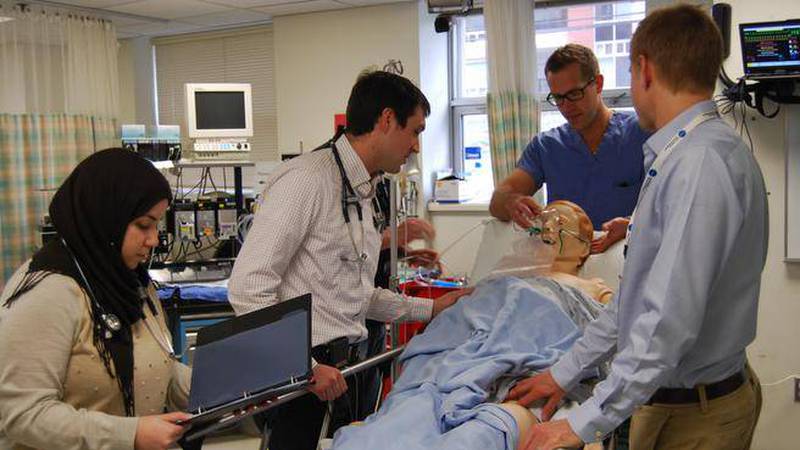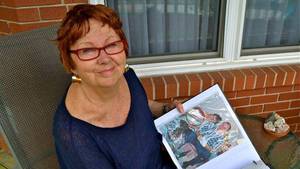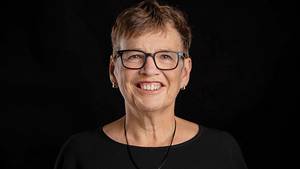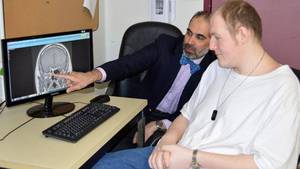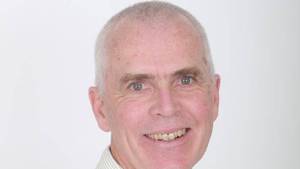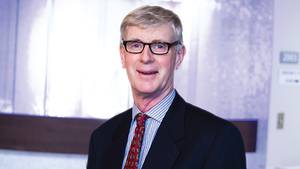Nova Scotia’s link between learning and healing goes back to 1868, when Dalhousie University opened the Faculty of Medicine and the province matched it with a teaching hospital in Halifax.
Today, Dalhousie and what is now the QEII, work hand-in-hand, providing the leading medical practitioners and researchers for the region. This group also teaches the next generation, and many Dalhousie graduates go on to become QEII physicians.
Students spend more time at the hospital as their degrees progress, and many enter residencies to become specialists. They also have the opportunity to participate in simulation-based learning at one of the QEII’s three simulation centres. Simulation is a technique of modeling real-life situations to provide training in an interactive environment. Participants are able to rehearse scenarios and refine skills, without risk, so they are better prepared for actual patient care.
Dr. David Anderson’s personal connection goes back to the early 1980s when he graduated from Dalhousie’s medical school and started working at the QEII. For several years, he’s been the QEII’s chief of the department of medicine but starting this summer, he’ll serve as Dalhousie’s Dean of the Faculty of Medicine.
“There’s a very strong connection between the university and the health centre,” he says. “Most students in medicine, and the other health professionals, do receive training in the hospital and spend time looking after patients under the direction of supervising physicians or other health professionals.”
Clinicians perform medical procedures, teach about them, and conduct research. “It’s all interwoven. We don’t have people who teach full time and don’t do any care delivery, or don’t do any research,” Dr. Anderson says.
“Many of us who work in the system don’t see a big distinction between the work that you do when you’re delivering care and the work you do when you’re delivering education and research programs.”
It’s good for the medical practitioners, because teaching keeps them fresh and research advances their work. It’s good for students because they’re learning straight from the field. “There really are fantastic benefits for patient care. The people who are really interested in education and research are usually at the cutting edge of healthcare advances,” Dr. Anderson says. “You’re getting people who are passionate about their areas of work and want to transfer that information to the students and the patients.”
He points to two recent successes: Dr. Paige Moorhouse and Dr. Melissa Andrews, both of whom trained at Dalhousie’s medical school. Dr. Moorhouse now co-leads a program looking at care for elderly people that has received national recognition. She also co-leads the QEII’s Frailty Strategy.
Dr. Andrews went on to earn her PhD in London and now works for the QEII as a leading geriatric researcher, clinician and teacher. She also helped the Department of Health and Wellness develop its dementia strategy for Nova Scotia.
Dr. Anderson is excited to start his new post as the Dean of the Faculty of Medicine in July. “It’s a very exciting opportunity for me, and a very important job to be able to work with my colleagues and deliver these excellent programs,” he says. “There is a very important relationship between the two organizations.”
And he’ll help keep the circle of teaching, working and researching alive for another generation.

